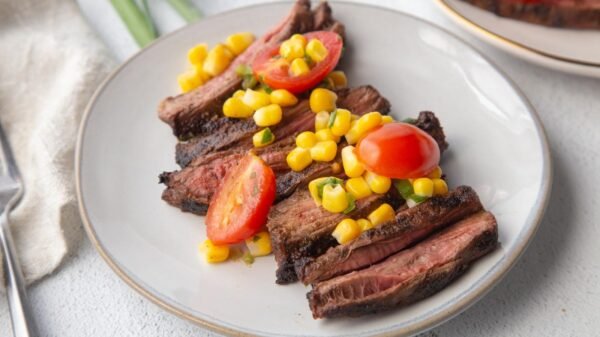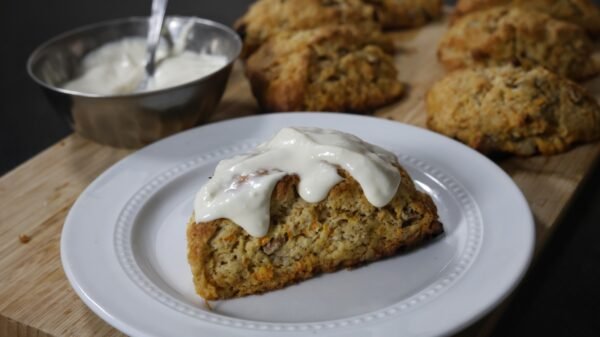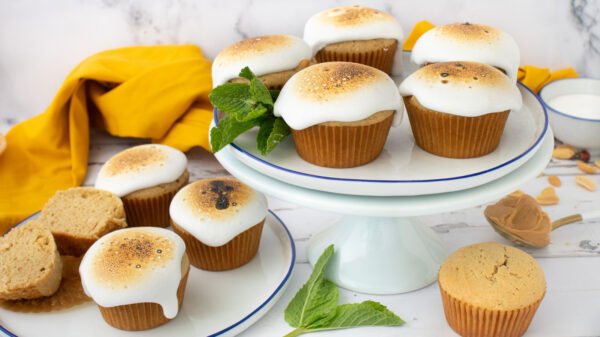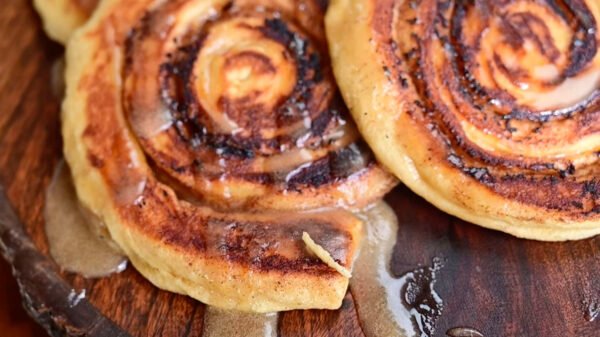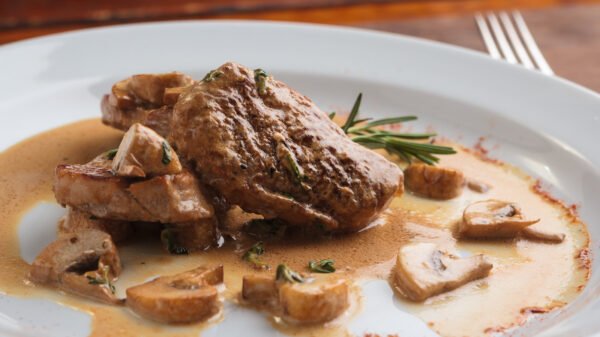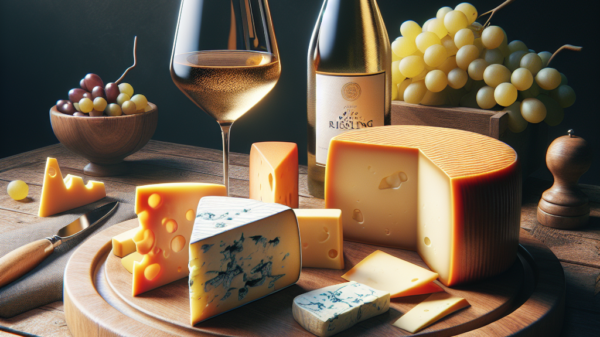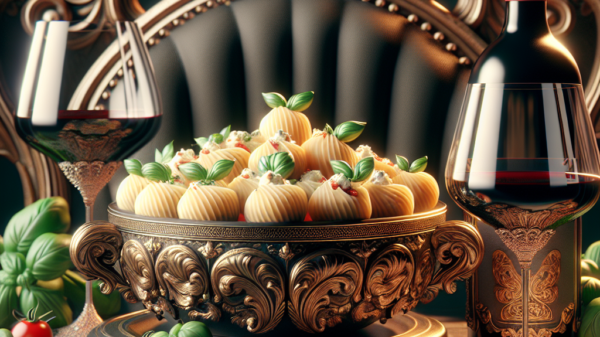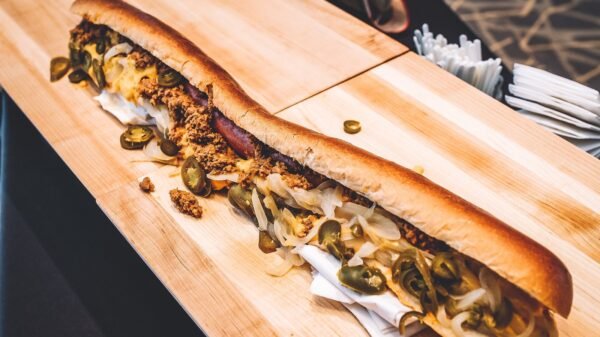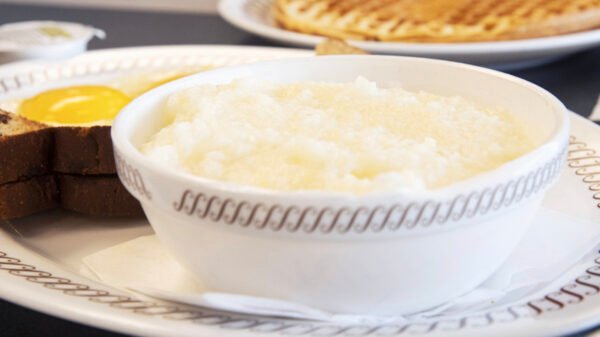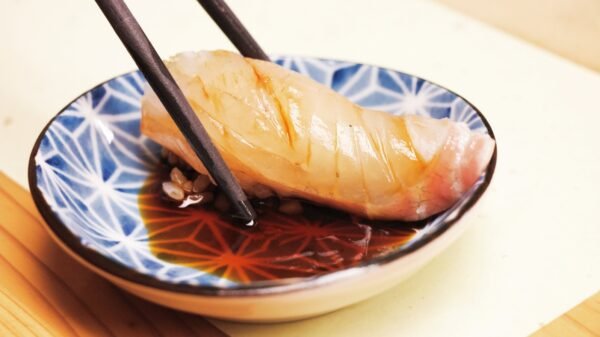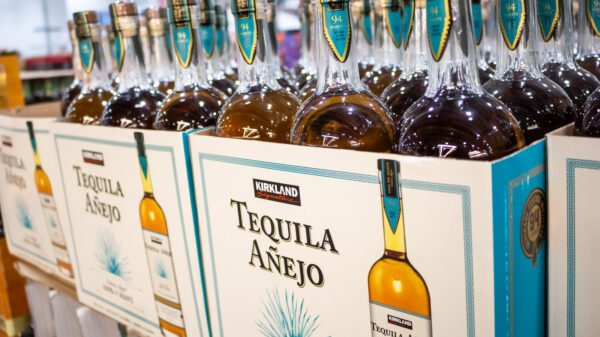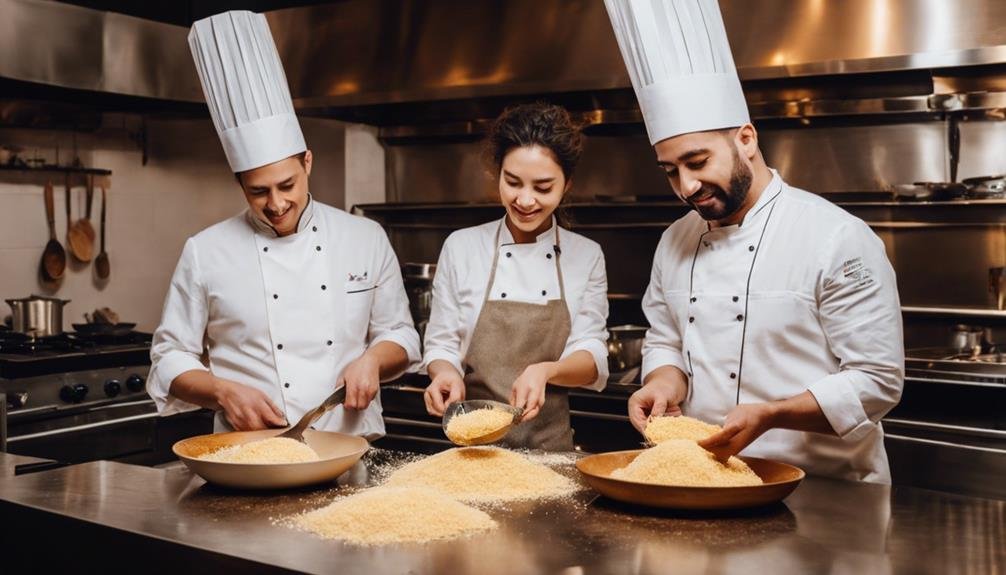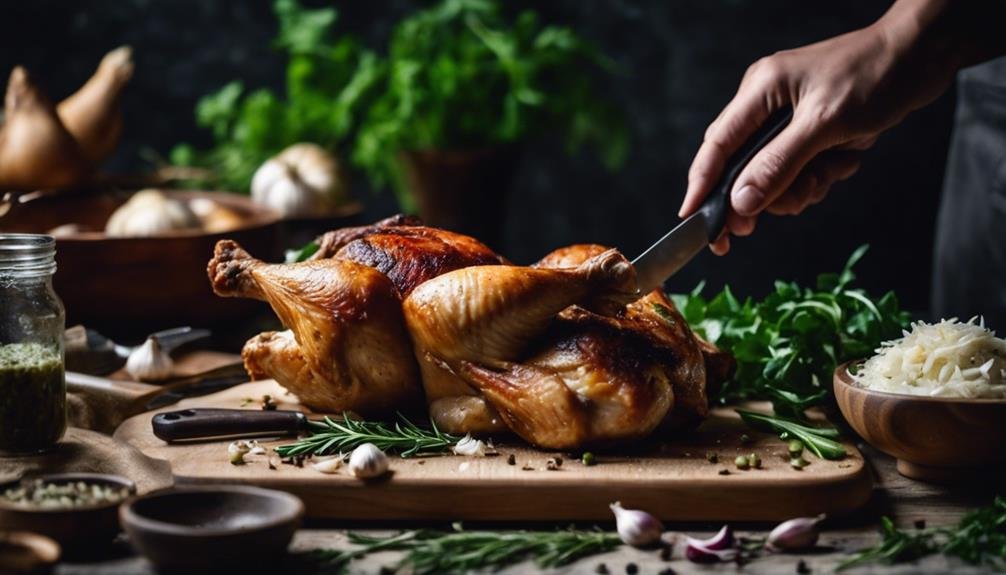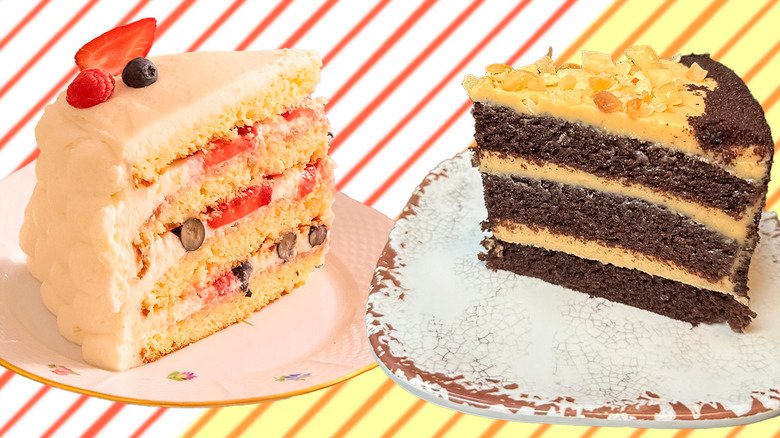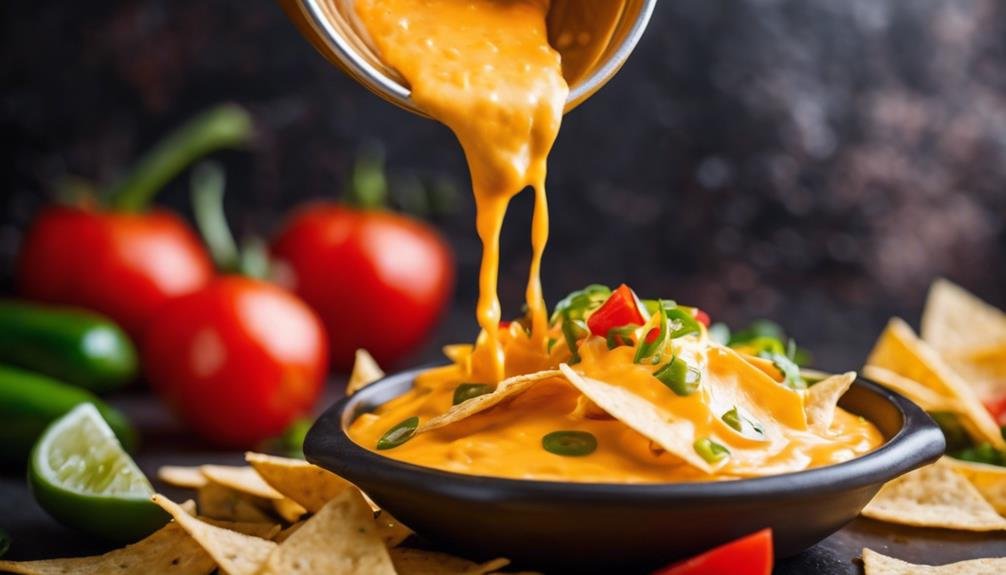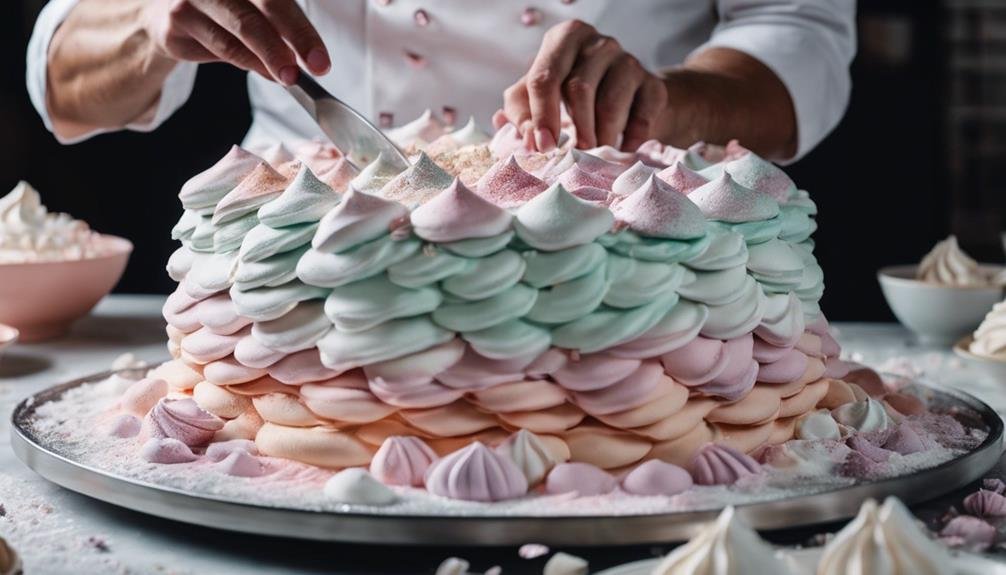Have you ever wondered why your favorite crispy dish at a restaurant has that perfect crunch, you can’t seem to replicate at home? Chances are the secret lies in a simple choice: panko over plain breadcrumbs.
Chefs are increasingly leaning towards panko for its lighter, airier texture that guarantees a crunchier bite without the heaviness. This breadcrumb soaks up less oil, making your dish less greasy, and holds onto its crispness longer. It’s a game-changer in the culinary world, and there’s much to uncover about how this choice can enhance your cooking.
Let’s discover why panko is becoming the go-to for that unbeatable crunch and how you can use it to transform your dishes.
Panko vs. regular Key Takeaways
- Panko breadcrumbs provide a lighter, airier crunch than regular breadcrumbs, making dishes more appealing.
- Due to their neutral flavor, panko breadcrumbs can easily adapt to various cuisines without overpowering the dish.
- Chefs prefer panko for its ability to soak up less oil, resulting in a less greasy finish.
- Using an electrical current, the unique processing of panko breadcrumbs creates a drier and more aerated product ideal for crispy coatings.
The Origins of Panko
Panko, originating from Japan, boasts a unique creation process involving electrical currents to bake crustless loaves, setting it apart from traditional breadcrumbs. This method, originating during the Sino-Japanese War, uses no ordinary oven. Instead, it relies on an innovative electrical baking technique that yields crust-free bread. Once cooled and processed, this bread turns into the light, airy Japanese breadcrumbs known as panko.
The absence of a crust contributes notably to panko’s lighter texture, making it a go-to choice for a crispy coating that doesn’t soak up as much oil as its counterparts. The fermentation process enhances the gluten fibers, giving panko its characteristic sliver-like appearance and further elevating its texture improvement capabilities.
Panko Vs. Regular: the Crunch Factor
Comparing the crunch factor, chefs often prefer the unique, airy texture of panko breadcrumbs to achieve a lighter, crispier coating. It’s all about that satisfying bite; panko breadcrumbs are the go-to for a superior crunchy texture that doesn’t just blend into the background. They’re made from crust-free white bread, making them lighter and more aerated than regular breadcrumbs. This means they soak up less oil, keeping your fried foods wonderfully crispy without becoming greasy.
On the other hand, regular breadcrumbs tend to absorb more moisture and oil, potentially leading to a heavier, less crispy finish. They’re finer, which can be great for binding or creating a dense coating, but panko breadcrumbs are your best bet for dishes that demand a crisp exterior without sacrificing lightness. They can’t compete with panko’s crispiness.
The contrast is clear: panko breadcrumbs are your best bet for dishes that demand a crisp exterior without sacrificing lightness. Whether coating chicken for a golden fry or topping a casserole for that extra crunch, panko’s ability to remain crunchy even after cooking sets it apart, making it a favorite among chefs aiming for that perfect crispy finish.
Creative Uses in Cooking
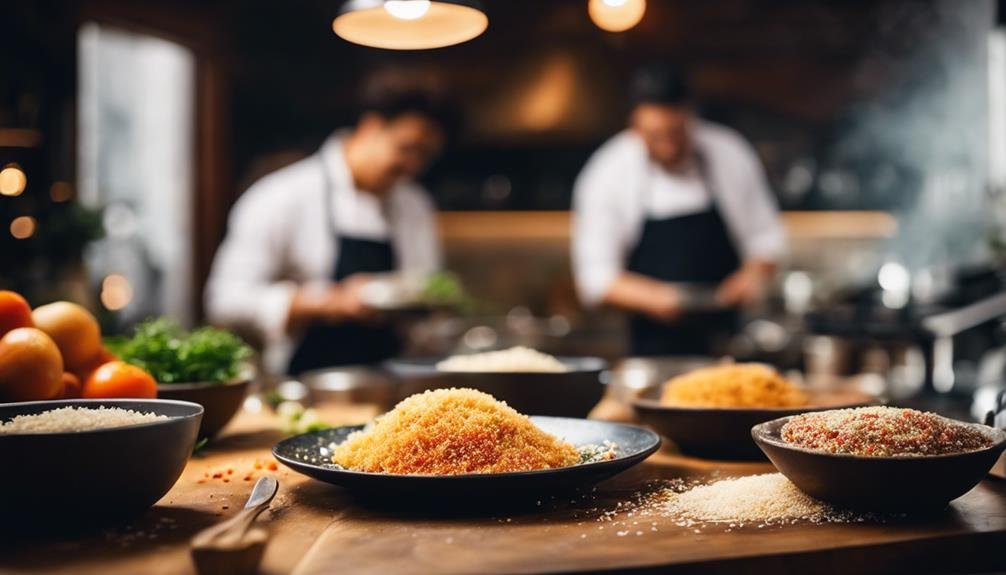
You can revolutionize your cooking game by integrating panko breadcrumbs into dishes beyond the usual, from crispy toppings to inventive crusts. Panko offers a crunch, unlike any other breadcrumb variety with its light and airy texture. It’s not just about using panko breadcrumbs for frying; it’s about exploring their versatility in your culinary creations.
- Experiment with Meatballs: Mix seasoned breadcrumbs with panko for a lighter texture. This blend, panko vs. regular breadcrumbs, guarantees juiciness and a delightful crunch for meatballs.
- Deep-Frying Adventures: Whether making chicken katsu or onion rings, panko breadcrumbs are your go-to for that ultimate crispy exterior. They soak up less oil, making each bite satisfyingly crunchy.
- Inventive Toppings: Sprinkle panko over mac and cheese or casseroles before baking. Once golden, you’ve got a texture-rich top layer that’s hard to resist.
- Panko Breadcrumb Substitutes: If you’re out of panko, don’t worry. Crushed crackers or potato chips can offer a similar crunch for your coatings or toppings.
Healthier Cooking With Panko
Opting for panko breadcrumbs can make your fried dishes lighter and less greasy. Panko’s unique, airy structure is engineered to soak up less oil, leading to healthier cooking practices. You’re not just cutting down on grease but also ensuring your meals retain that desirable crunch without feeling heavy.
If you’re venturing into making homemade breadcrumbs, consider panko for its superior oil absorption qualities. This choice supports a healthier lifestyle without sacrificing taste or texture. For those with specific dietary needs, panko breadcrumbs can be found or made in whole wheat and gluten-free varieties, ensuring everyone can enjoy the benefits of this lighter, crunchier coating.
Incorporating panko into your culinary repertoire doesn’t mean you’re limited in flavors. You can easily season panko to create Italian-flavored breadcrumbs or any other seasoning blend that tickles your fancy. This versatility allows you to focus on healthier cooking while exploring a range of flavors and cuisines. Choosing panko means prioritizing your health and freedom to experiment in the kitchen.
Chefs’ Top Panko Tips
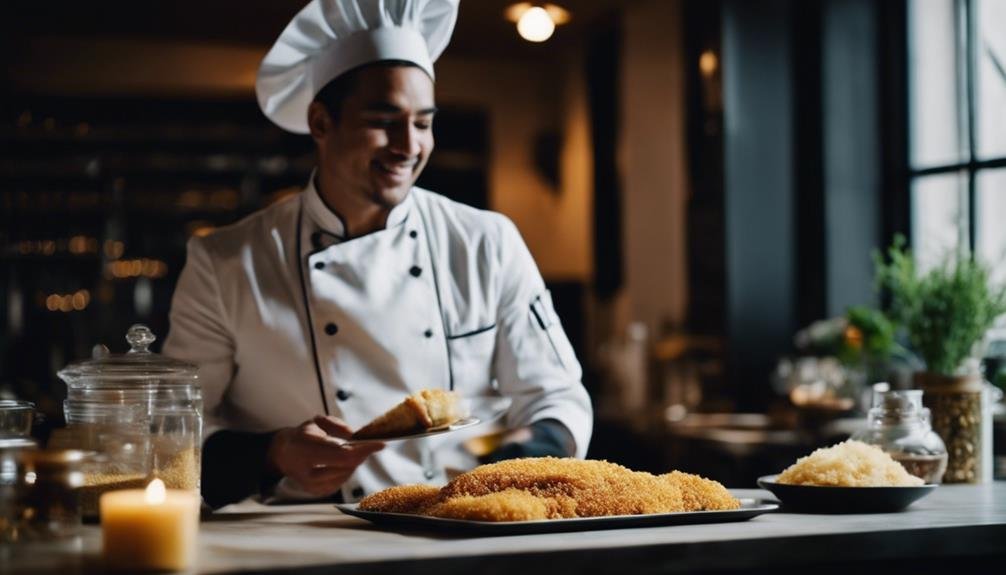
Embracing the versatility of panko, chefs around the globe recommend a few key tips to improve its crisp potential in your cooking. Whether you’re diving into breadcrumb recipes, seeking the perfect crispy chicken coating, or exploring the depths of Japanese cuisine, panko’s lightness and crunch are unmatched. Here are their top panko tips:
- Experiment with homemade panko breadcrumbs. They’ll give you a fresher, lighter texture, ideal for frying or baking. It’s simpler than you think and elevates dishes like schnitzel to a whole new level.
- Toast panko before use: Lightly toasting panko in a dry pan or the oven can add an extra layer of crunch and nuttiness, making it stand out in dishes where panko vs regular breadcrumbs might compete.
- Use it as a topping: Beyond coating, sprinkle panko on casseroles or mac and cheese for that irresistible crispy finish. It’s a game-changer for texture contrast in creamy dishes.
- Don’t press too hard when coating: To keep the airy structure of the panko, gently press it onto your dish. This ensures the ultimate crispy chicken coating without compacting the breadcrumbs, maintaining that light, crisp texture that makes panko so special.
These straightforward tips can greatly enhance the crunch and flavor of your cooking, allowing you to enjoy the freedom and creativity of using panko.
Frequently Asked Questions
Why Is Panko Better Than Bread Crumbs?
Panko is superior to regular breadcrumbs for several reasons. First, it is lighter and crunchier, which contributes to a more satisfying texture in dishes. Second, it absorbs less oil, ensuring that your food is less greasy and retains a perfect crunch. Third, panko’s versatility also makes it suitable for various recipes, enhancing its appeal compared to traditional breadcrumbs.
What Is Special About Panko Breadcrumbs?
Panko breadcrumbs stand out for their light, airy texture and ability to absorb less oil, which keeps fried foods crisper and less greasy. Their neutral flavor also makes them versatile for any recipe. For these reasons, chefs prefer panko over regular breadcrumbs.
Why Are Panko Breadcrumbs so Crunchy?
Panko breadcrumbs achieve their exceptional crunchiness due to a distinctive manufacturing process. Crustless bread is baked using an electrical current, resulting in larger, airier crumbs that absorb less oil, ensuring dishes remain perfectly crispy.
What’s Better, Fresh Breadcrumbs or Panko?
Whether fresh breadcrumbs or panko is better depends on your specific culinary needs. Panko breadcrumbs are ideal for achieving a lighter, crunchier texture, particularly in fried dishes, as they tend to stay crisper. On the other hand, fresh breadcrumbs bind ingredients together and provide a denser coating.
Conclusion
Panko breadcrumbs are your best bet in your quest for the ultimate crunch. Thanks to their unique production, they’re lighter and crispier than regular breadcrumbs. They soak up less oil, making your dishes crunchier and a bit healthier.
Follow chefs’ lead and welcome panko in your cooking. Experiment with it in different dishes, from crispy chicken to crunchy toppings. Panko’s versatility and superior texture will enhance your meals.
Happy cooking, and enjoy that satisfying crunch!



